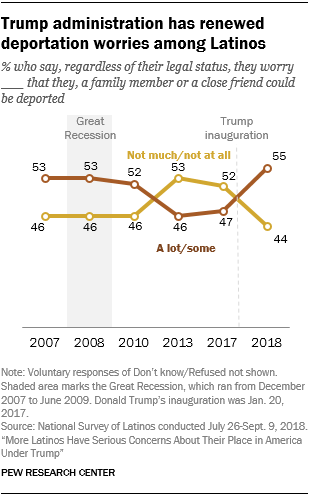It has been just over two weeks since Denver police arrested 4 people on suspicion of terror at the Maven Hotel. Police were tipped off by a hotel maid that saw excessive amounts of weaponry, body armor, and ammunition while cleaning their hotel room. This was just the latest example of attempted gun violence in the U.S., a chapter that seems to repeat itself incessantly.
It was later discovered that these 4 individuals had 16 guns and over 1,000 rounds of ammunition in their room. Perhaps most jarringly, they were staying at a hotel only a block away from Coors Field, where MLB All-Star Game festivities were to be held in the upcoming days.
Guns and baseball, American pastimes
The FBI declared that there was no reason to believe that these individuals were plotting terrorist activities. They also announced there was no ongoing threat to the MLB All-Star Game.
These arrests made some reminisce of the mass shooting that occurred in Las Vegas in 2017. We all took a collective sigh of relief, knowing that even if these people were plotting something, it would only be attempted gun violence, not able to be acted upon.
The only problem is, that sigh of relief did not last too long. Just one week after the arrests in Denver, there was another baseball-related gun incident. Except for this time, there actually was a shooting. On July 17th, there was a shooting outside of Nationals Park in D.C. during a Nationals home game. Three people were injured, but, luckily, all will make full recoveries.
Although it was later discovered that the fans inside the stadium were not in any danger, the shooting sent fans and players scrambling for safety. The incident also resulted in the game’s postponement.
It is still unclear what caused the shooting, but it is believed there is a specific reason and it was not a terrorist incident. The suspect(s) have yet to be apprehended.
Pandemic gun violence, both attempted and acted out
Two incidents within a week of each other that both involve baseball. That seems a little bit strange. Could it be something related to baseball? Or is this just a side effect of America’s “return to normal,” “post-pandemic” mentality? More than likely it is the latter of the two.
A mass shooting is defined as any incident with four or more victims either killed or injured from a single incident, not including the perpetrator.
According to Gun Violence Archive, a nonprofit organization that records American gun violence data, there were around 200 more mass shootings in the United States in 2020 than in 2019.
This is in stark contrast with what we’ve been led to believe, that a “silver lining” of the pandemic was that we had fewer mass shootings. Research has found that there were more mass shootings during the pandemic, and that the shootings that occurred were simply less publicized by the media in light of Covid-related news.
So, what does that have to do with 2021? Well, at this point we are on pace to have even more mass shootings than we did in 2020. From the start of the year until writing this today, July 23rd, 2021, the United States has had 380 mass shootings.
This means we are on track to have more than 150 more mass shootings than we did in 2020, and we are on track to have about 350 more mass shootings in 2021 than we did in 2019.
Why so much gun violence in the past few years?
So, why has there been such a drastic rise in mass shootings over the past two years? That question is complicated, and since no two incidents are the same, it would be irresponsible to say the reason is something it’s not.
However, we do know two things for sure. The first thing is that gun violence makes up a large part of the violence we see in the U.S., both attempted and acted out.
The second thing is, since the advent of the vaccine and the lifting of Covid protocols in 2021, people are together more, and out in public more often. When you couple these factors together, it makes sense that we are on pace for one of our most violent years ever.
Keep your head up
While people everywhere have started the process of “returning to normal,” they must keep something in mind. In this country, mass shootings are normal.
Since legislation for stricter gun laws is on the backburner, it does not seem like there is an end in sight for this carnage. The overwhelming source of pride and happiness that comes with being able to do what you want again, should not also come with the fear associated with the possibility that you may be involved in a tragedy.
Mass shootings are ingrained in American culture. They are a part of our way of life. Duck and cover, America! Because as our lives get back to normal, it is only natural that mass shootings will occur.





























